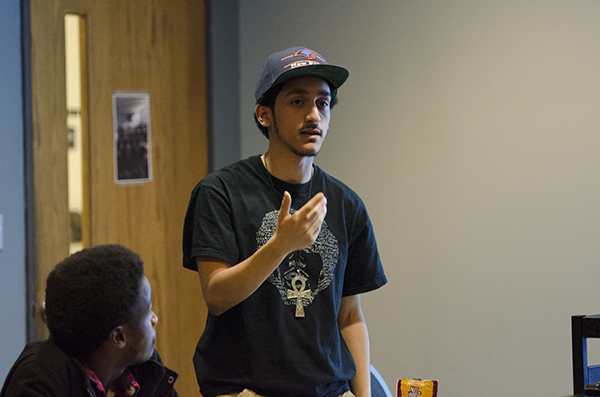
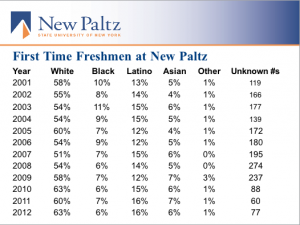
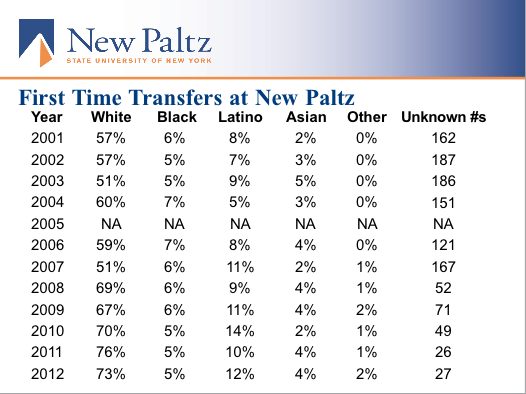

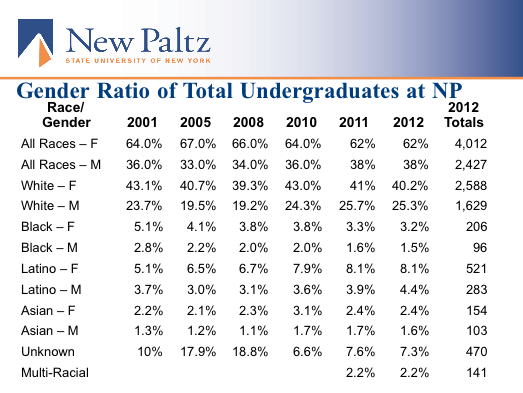
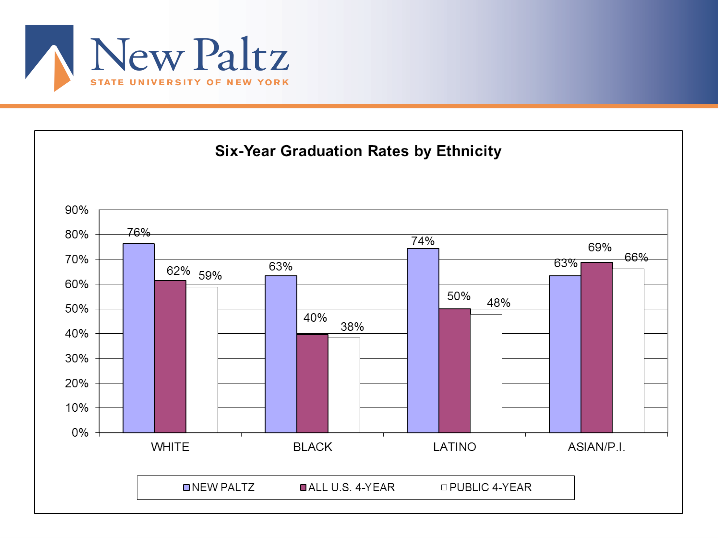 With a compilation of numbers concerning enrollment rates at SUNY New Paltz now complete, President Donald Christian said numbers among the diverse student population are increasing.
With a compilation of numbers concerning enrollment rates at SUNY New Paltz now complete, President Donald Christian said numbers among the diverse student population are increasing.
After students raised concerns about the decline in the Black student population, Christian said the numbers being reported by the students are not indicative of an overall decline in diversity. He said while there are problems the school is looking into, the school still maintains a diverse student body.
“We’re very concerned about the underlying issues and what to do about them, but I worry that this has taken a different tone on the campus than it should,” Christian said.
Christian said he was troubled by complaints from student senators claiming the administration has not paid enough attention to the decline of enrollment and retention among students who are part of a racial minority. He said that on the contrary, administration and recruitment cater to those issues.
In 2012, the population of first-time freshmen Black students enrolling was 6 percent, a number that has fluctuated by 1 percent over the past several years. Retention rates of Black students has dropped from 5 percent in 2011 to 4.7 percent in 2012.
Chief of Staff and Vice President for Communication Shelly Wright said 25 percent of Black males graduate from high school in New York City. Christian believes this is one of the factors that plays into a decline in enrollment.
“This is an issue. Black students in particular are under served by our entire educational system,” Christian said. “We would like to recruit more Black students to come to New Paltz, but the people who criticize about these numbers never come forward with any suggestions on what to do differently.”
Student Association (SA) Vice President of Academic Affairs and Governance Jonathan Espinosa said the issue he and other students are concerned about isn’t as much about a decline in enrollment as it is about the drop in retention rates of Black students.
“We aren’t attacking the administration, but we want them to address the decline in the overall black population formally,” Espinosa said. “It can’t be addressed as an issue of diversity, because that is a very vague term to use when talking about individual groups.”
Espinosa said he has talked with Provost Philip Mauceri to develop ideas on how to make New Paltz an option for Black students in the Hudson Valley area. He said they have discussed the school offering pre-college courses for students in the area in order to give them a sense of what to expect in college.
Christian said he believes that the numbers done in the admissions report aren’t fully representative of minority groups on campus because of the number of students who don’t report. In 2012, a total of 7.3 percent of students did not report, a .7 decrease from 2011 and 3.3 increase from 2010.
SA President Josh Simpson said the numbers compiled are concerning for 2012, regardless of whether or not diversity rates are improving.
“It isn’t okay for us to have Black students represent only 4.7 percent of the campus community,” Simpson said. “We need to focus on retention because that’s something we aren’t doing right now.”
Espinosa said there are yet to be discussions between the SA E-board and the administration on how to improve the overall retention of Black students at New Paltz. He believes one of the reasons for retention rates declining is the overall campus climate.
“I think that Black students don’t always feel safe here,” Espinosa said. “When there are few Black faculty members and racial signs being posted, how can you expect those students to feel safe and want to come here?”

